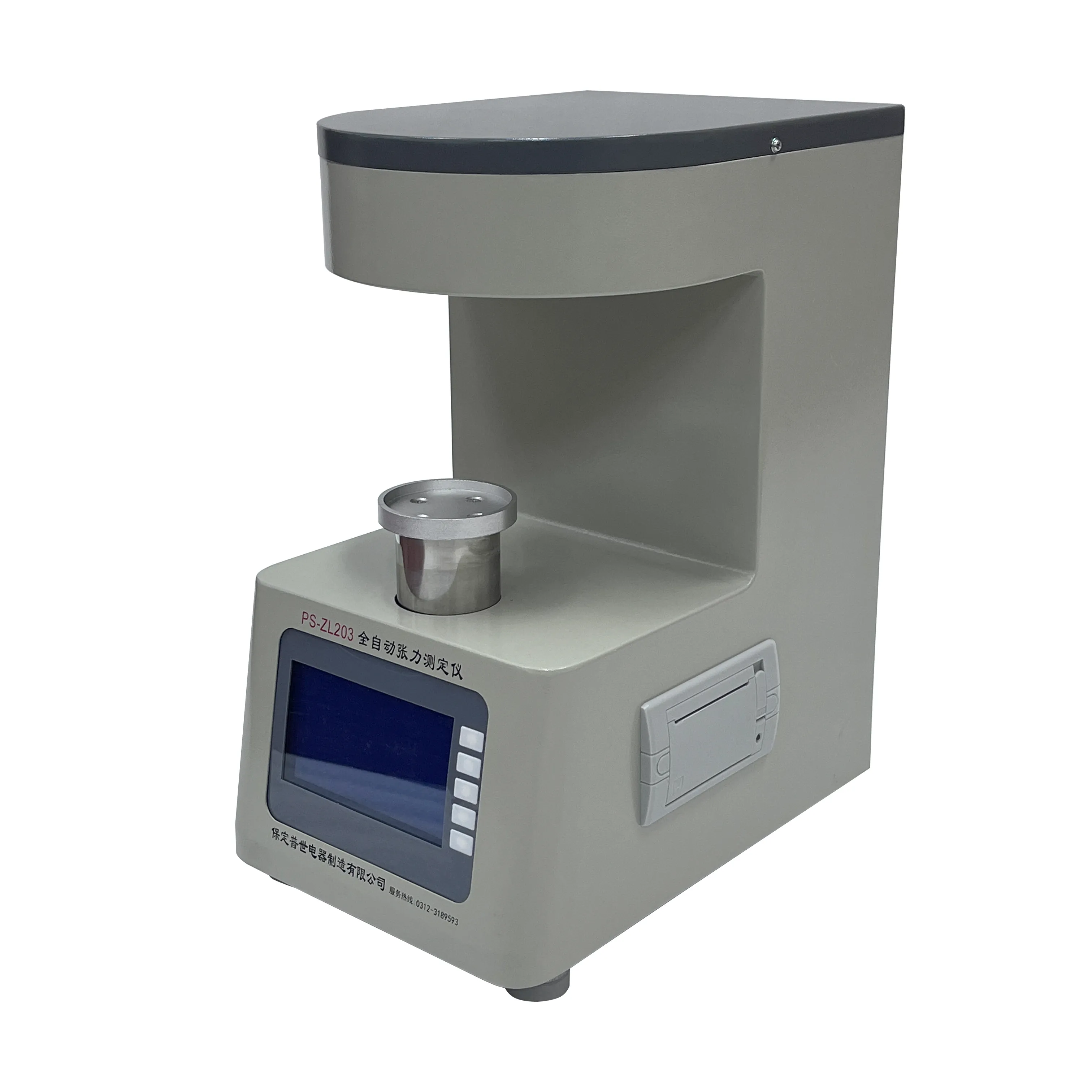 English
English


Evaluating Transformer Performance through Lightning Impulse Testing Techniques
Lightning Impulse Test on Transformers
Transformers are crucial components in electrical power systems, responsible for voltage transformation and facilitating efficient electrical energy transmission. However, these devices are often susceptible to electrical transients, particularly lightning strikes, which can lead to severe insulation failures and operational disruption. To mitigate such risks, the lightning impulse test is conducted as part of the routine testing and maintenance of transformers.
Understanding Lightning Impulse
A lightning impulse is a high-voltage transient caused by the natural phenomenon of lightning—a sudden discharge of electricity in the atmosphere. This can generate a surge that induces high peak voltages and steep rising edges, which can damage electrical equipment. Due to the extreme conditions created by lightning strikes, it is critical that transformers can withstand such electrical stresses to ensure reliable and safe operation in the power grid.
Purpose of the Lightning Impulse Test
The primary purpose of the lightning impulse test is to evaluate the insulation strength of transformers against high-voltage transients. This test simulates the effects of lightning strikes and helps identify potential weaknesses in insulation materials and design that could lead to failures during real-world lightning events. By ensuring transformers can withstand these surges, utilities can enhance the reliability of their systems and prolong the lifecycle of their equipment.
Test Procedure
The lightning impulse test involves generating a standard lightning impulse waveform, typically characterized by a 1.2/50 µs voltage rise and decay time. The testing equipment used includes an impulse generator, which is designed to produce high-voltage spikes that replicate the characteristics of actual lightning strikes.
1. Preparing the Transformer Before the test, the transformer is inspected, and insulation systems are pre-conditioned. This might involve applying a voltage stress or conducting previous insulation resistance tests to ensure the system is adequately prepared.
lightning impulse test on transformer

2. Connecting to Impulse Generator The transformer is connected to the impulse generator. High-voltage probes and measuring devices are set up to monitor the response of the transformer during testing.
3. Conducting the Test Multiple impulses are applied to the transformer terminals. During this stage, the insulation system’s ability to withstand the high-voltage transients is closely monitored. Any breakdowns, partial discharges, or insulation failures are recorded.
4. Data Acquisition and Analysis After the test, data collected from the test is analyzed. This includes observing the voltage at which breakdown occurs, the time it takes for insulation to fail, and whether the transformer can be restored to functionality after exposure to the impulses.
Safety Considerations
Safety is paramount when conducting lightning impulse tests. High voltages can pose significant dangers to personnel and equipment. Protective measures must be in place, including proper grounding of test equipment, use of insulating barriers, and ensuring that only trained personnel are involved in the testing process.
Conclusion
The lightning impulse test is an essential procedure in the quality assurance and reliability assessment of transformers. By simulating the adverse effects of lightning strikes, utilities can identify vulnerabilities in their equipment and take precautionary measures to enhance resilience. This test not only protects the transformers themselves but also the broader electrical infrastructure that relies on them. Regular testing can lead to increased operational safety, reduced downtime, and ultimately, a more reliable power supply for consumers.
By understanding and implementing rigorous testing protocols such as the lightning impulse test, the electrical power industry can move towards a future where equipment is better shielded against the unpredictable forces of nature, ensuring a stable and secure energy supply for all.
-
Differences between open cup flash point tester and closed cup flash point testerNewsOct.31,2024
-
The Reliable Load Tap ChangerNewsOct.23,2024
-
The Essential Guide to Hipot TestersNewsOct.23,2024
-
The Digital Insulation TesterNewsOct.23,2024
-
The Best Earth Loop Impedance Tester for SaleNewsOct.23,2024
-
Tan Delta Tester--The Essential Tool for Electrical Insulation TestingNewsOct.23,2024





